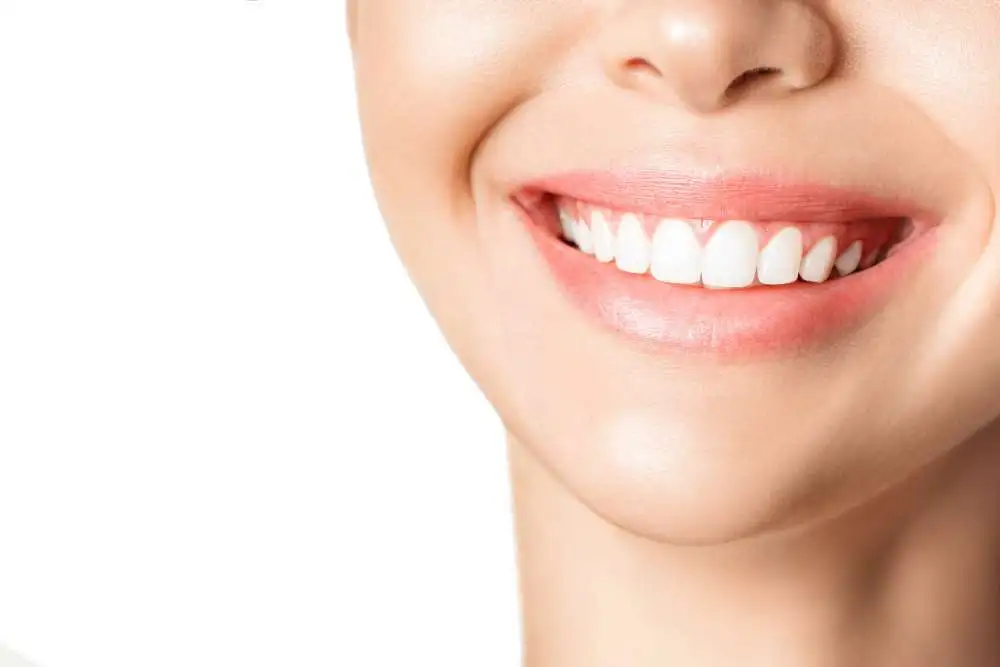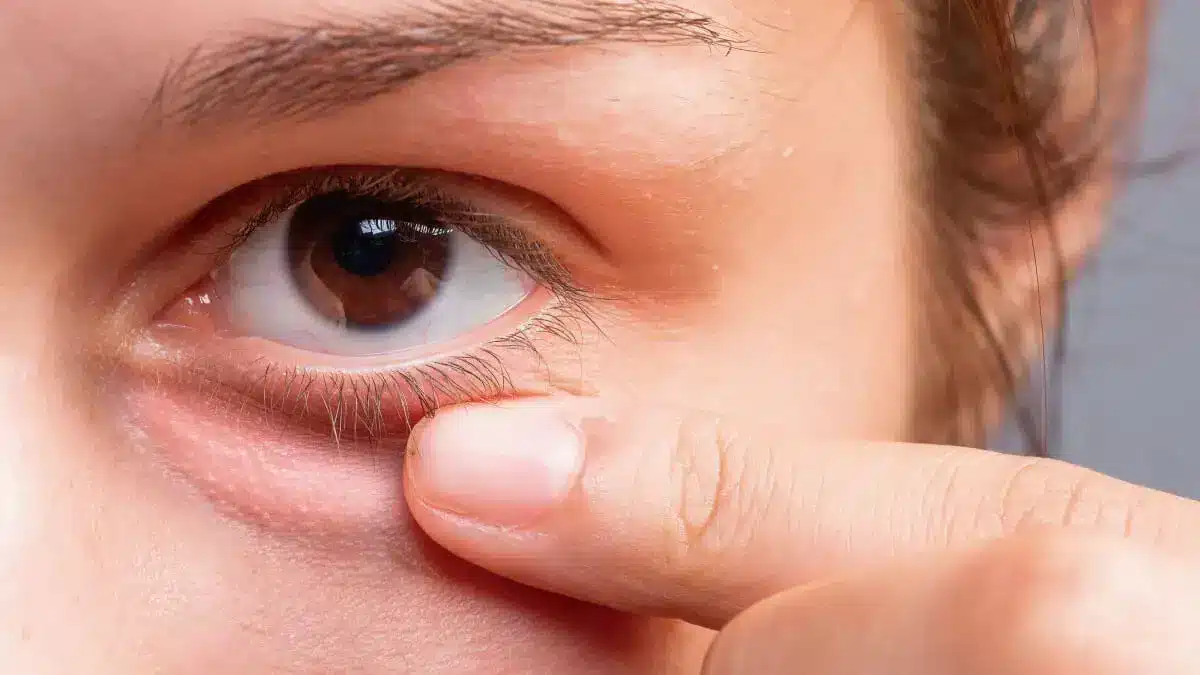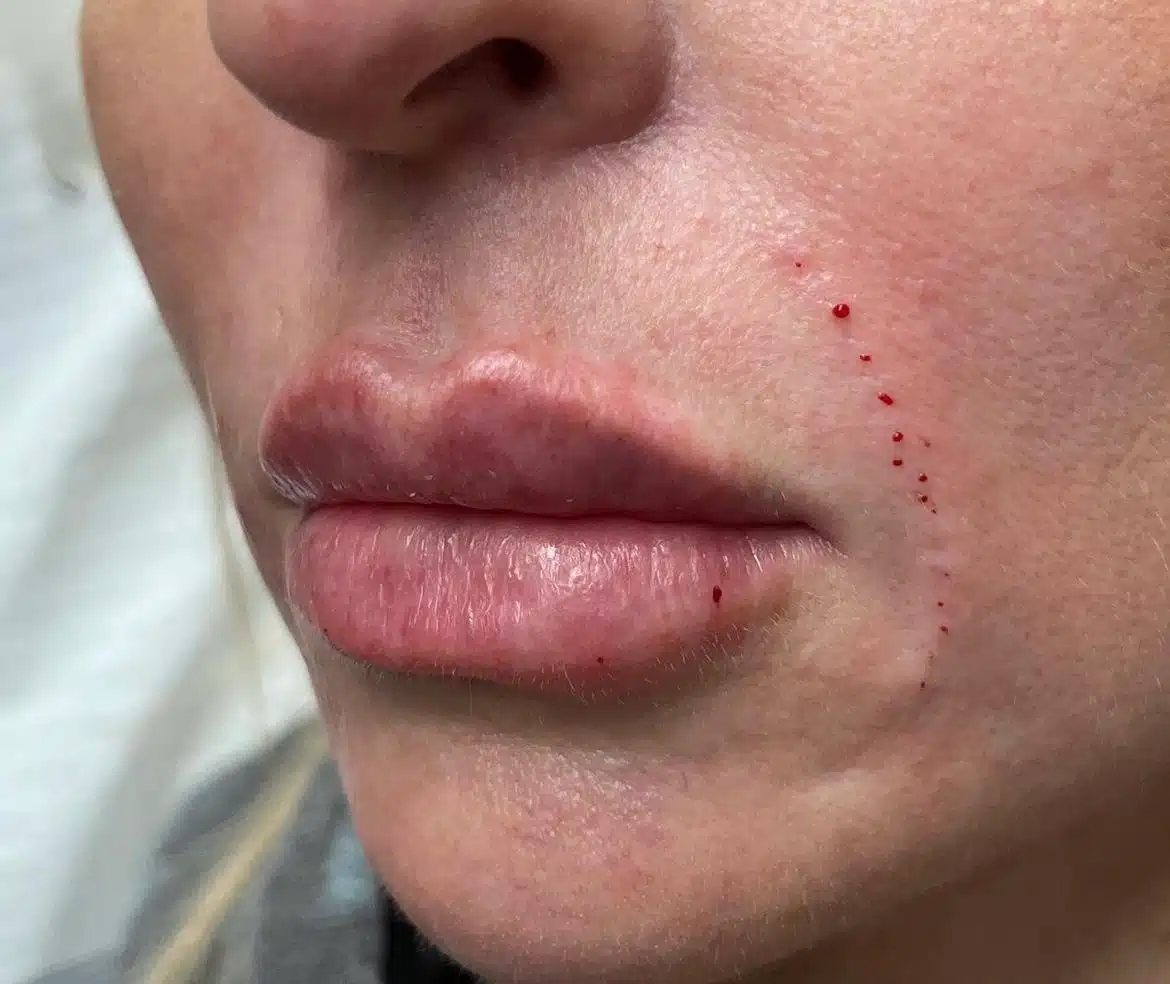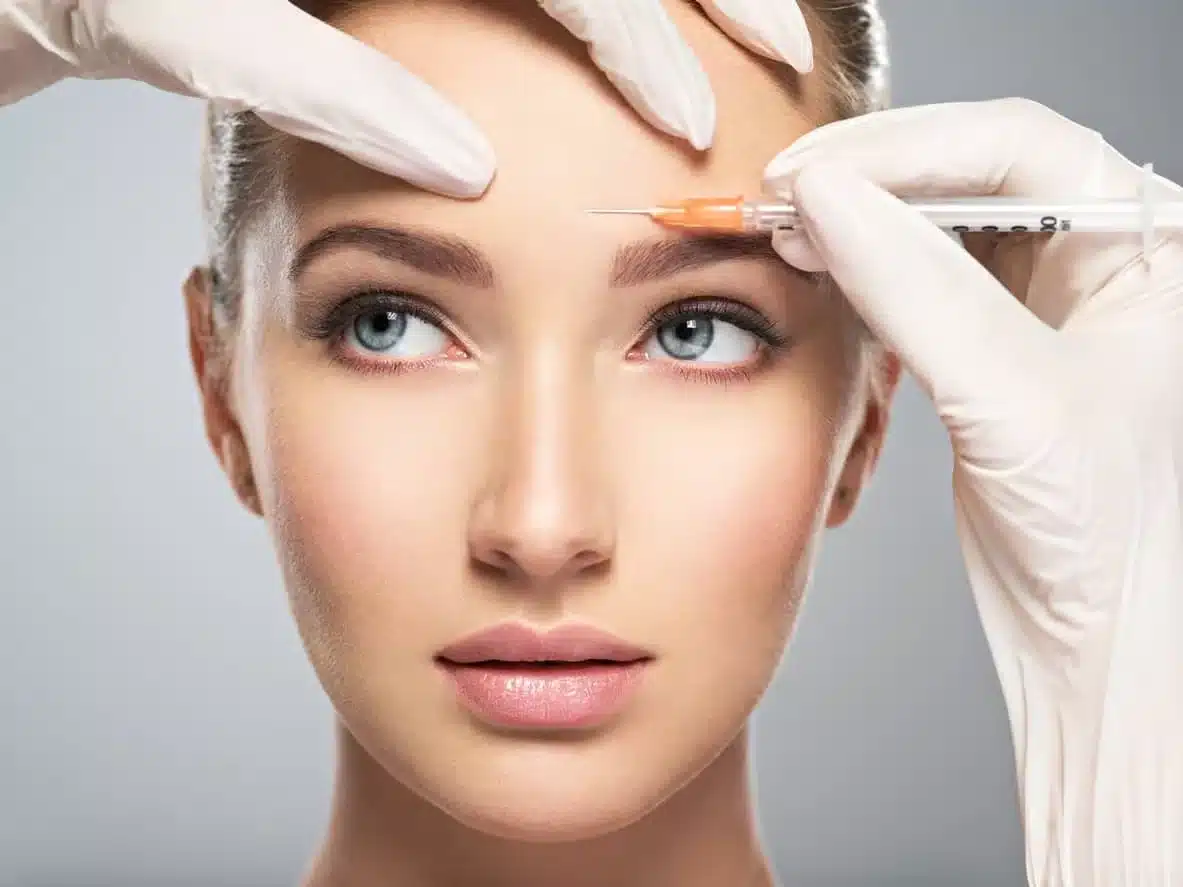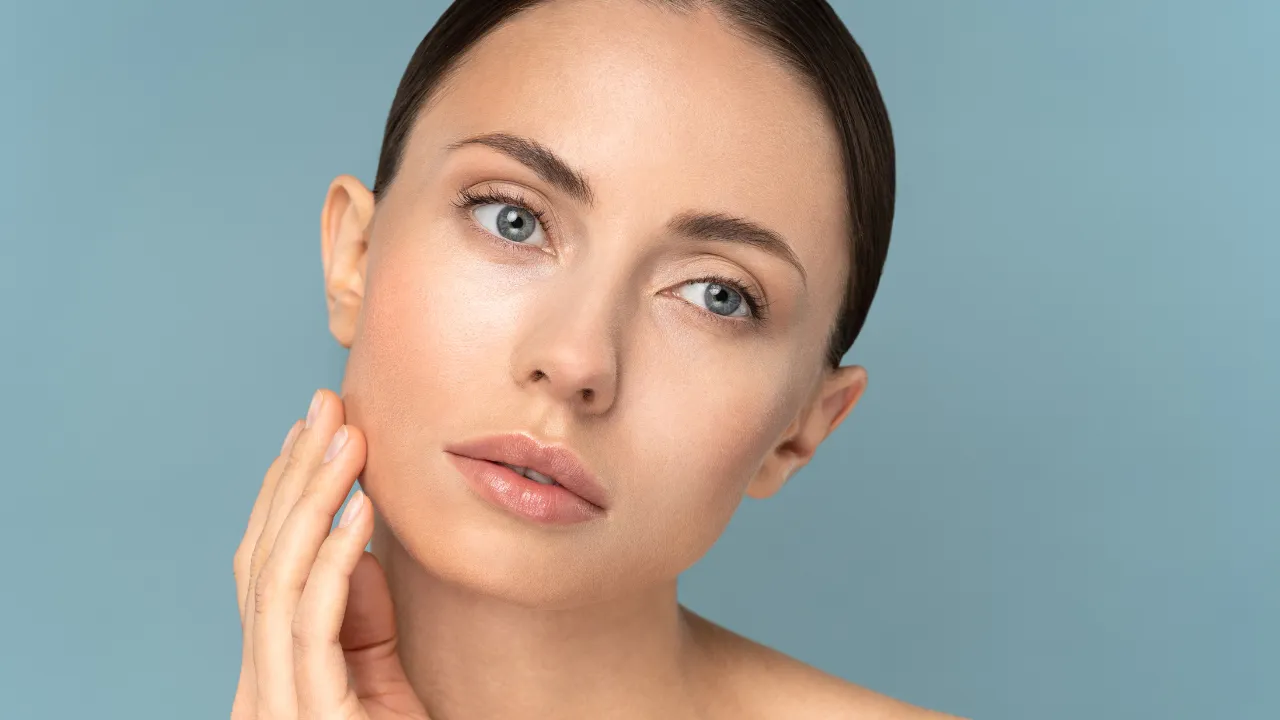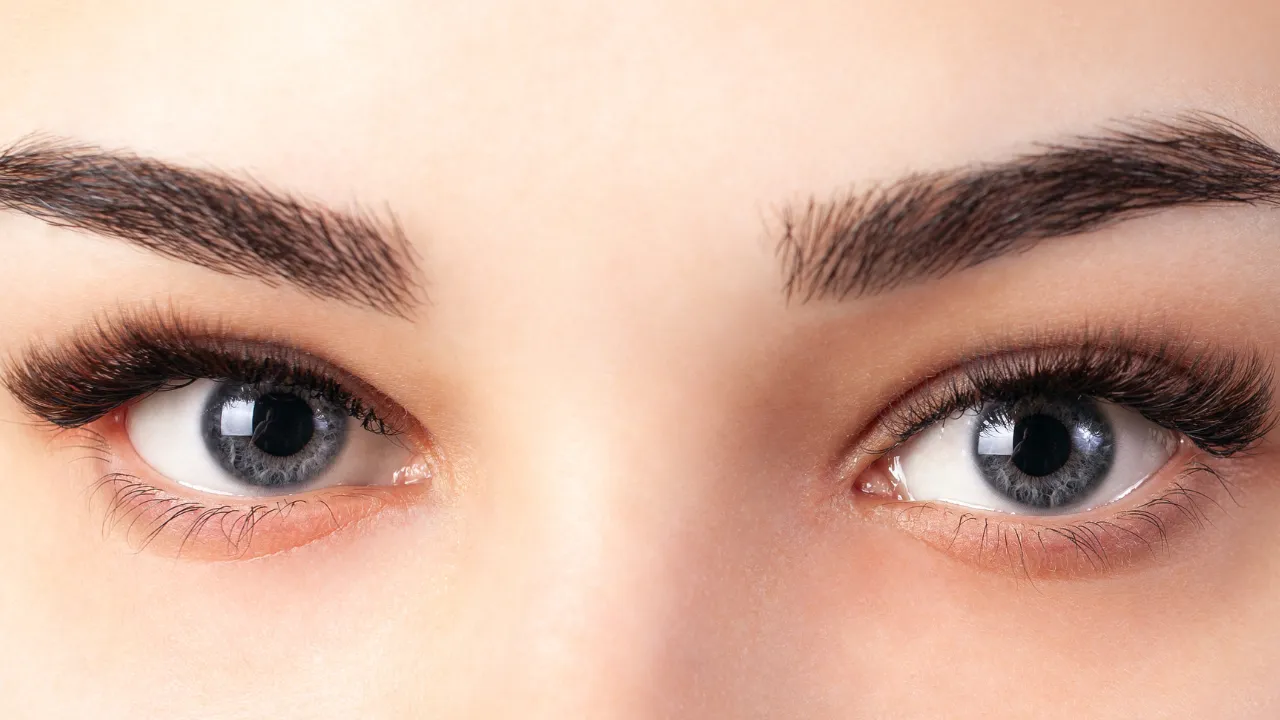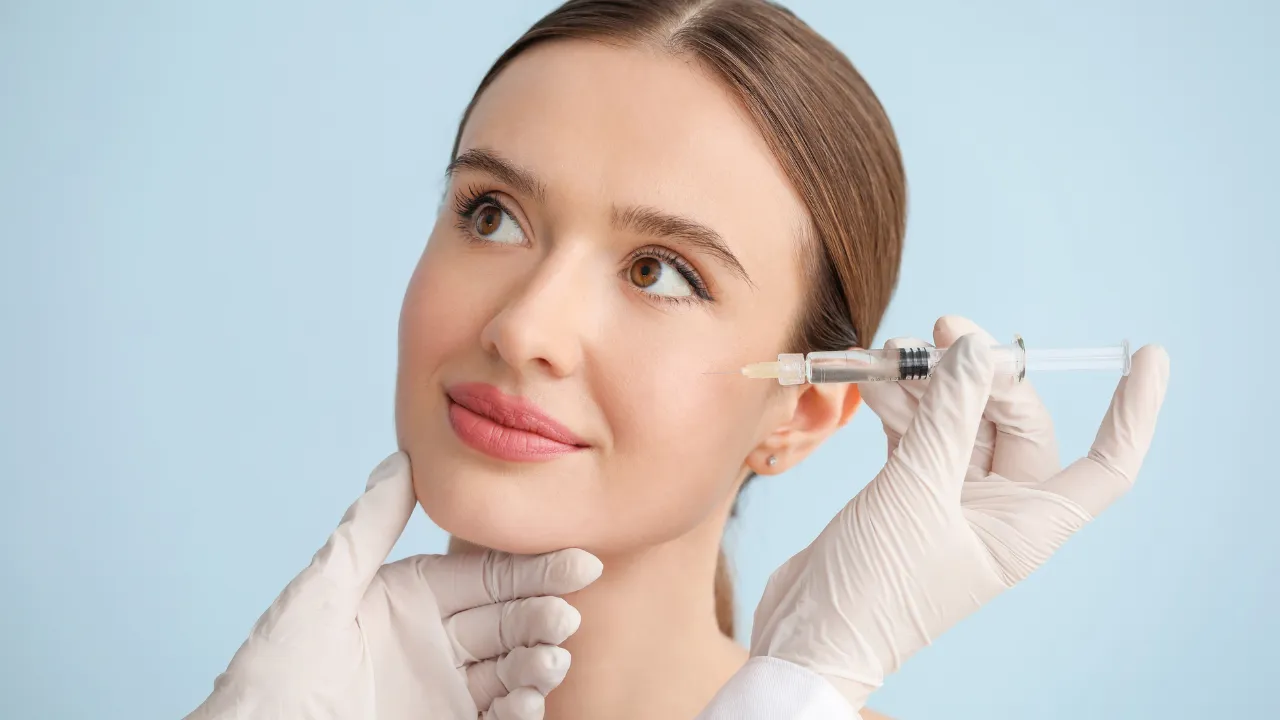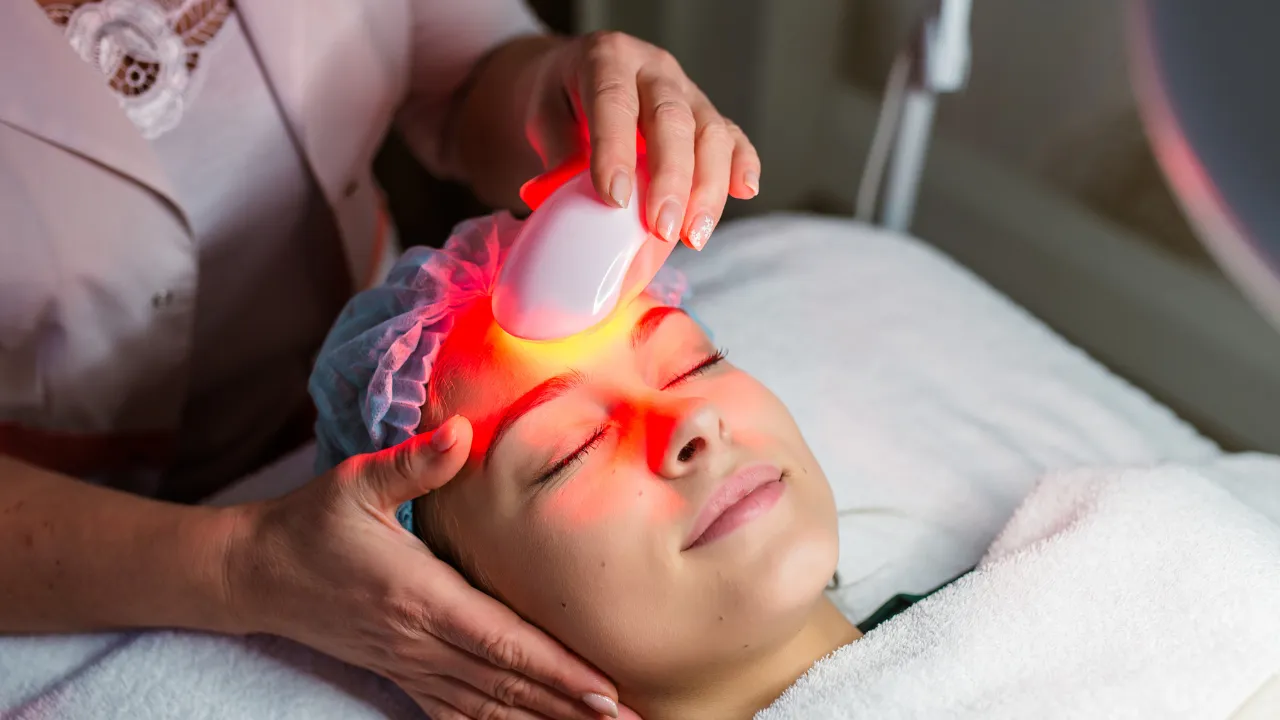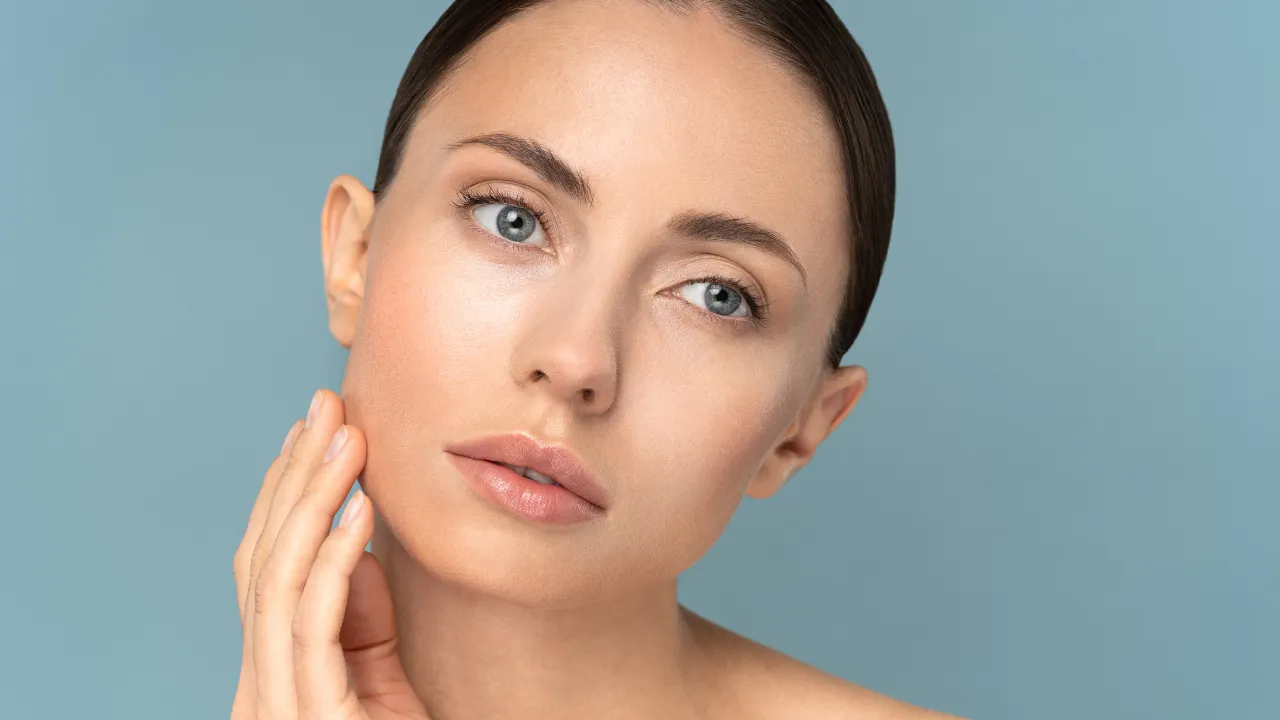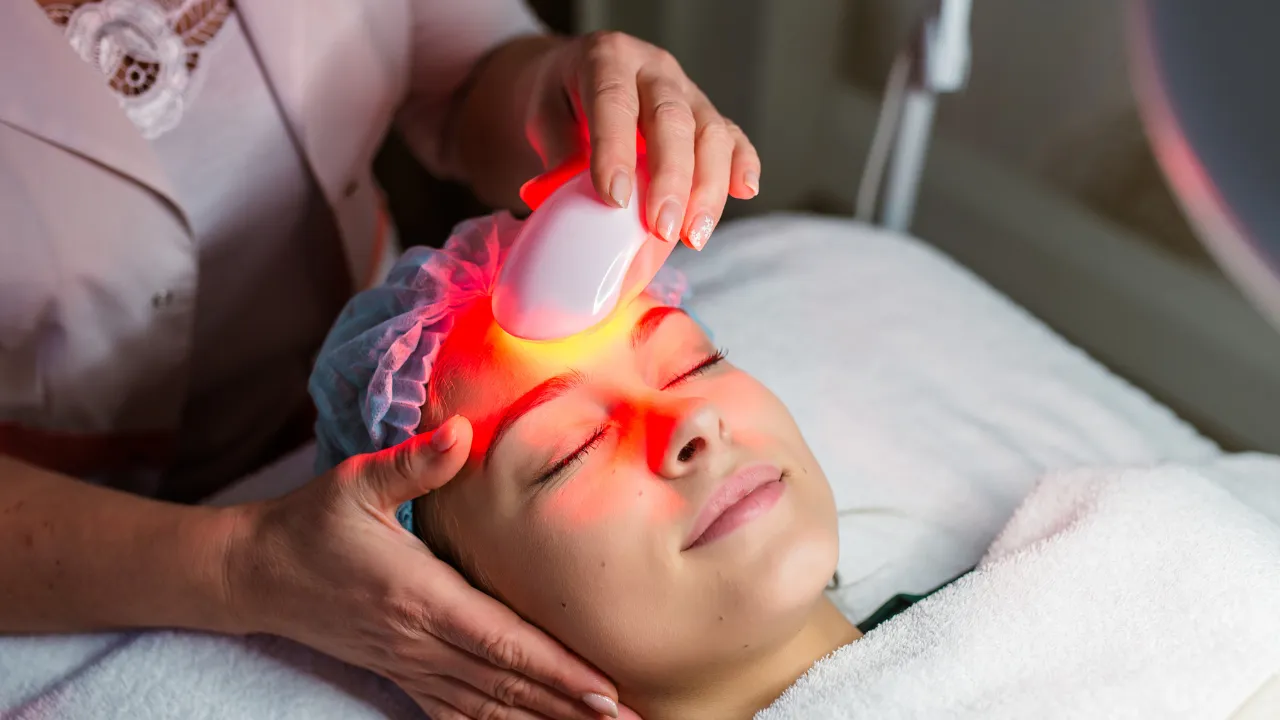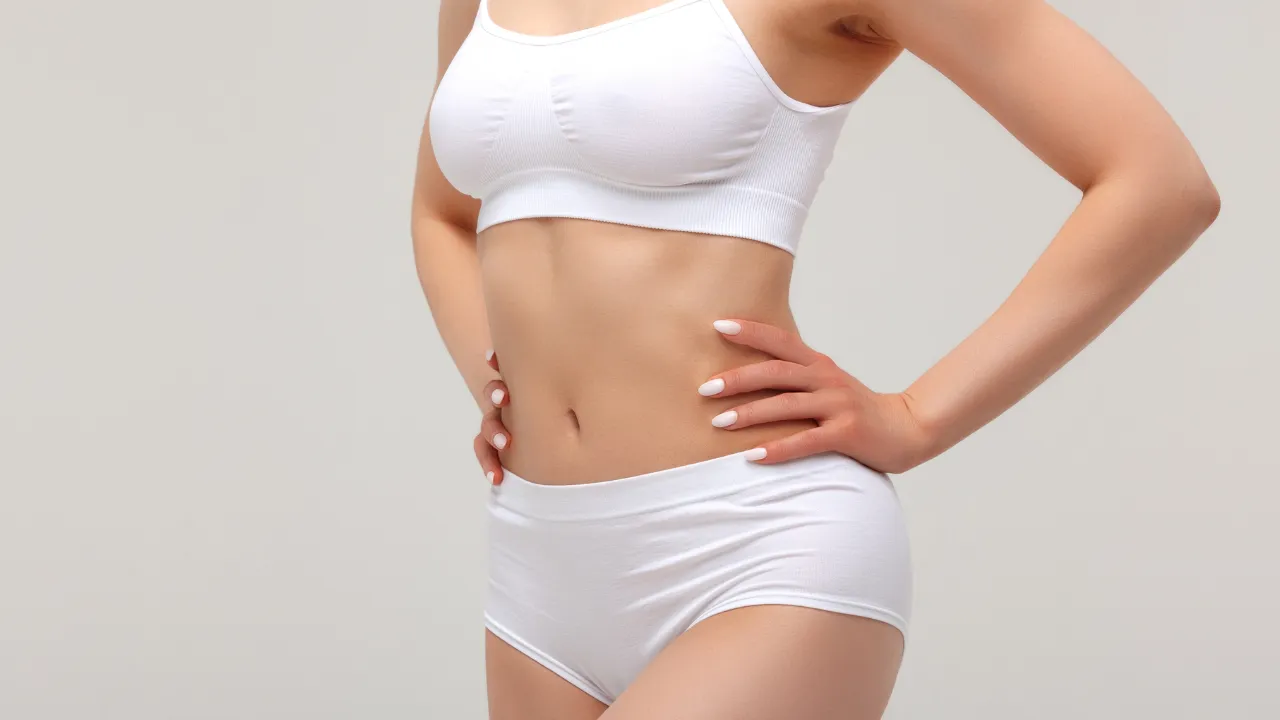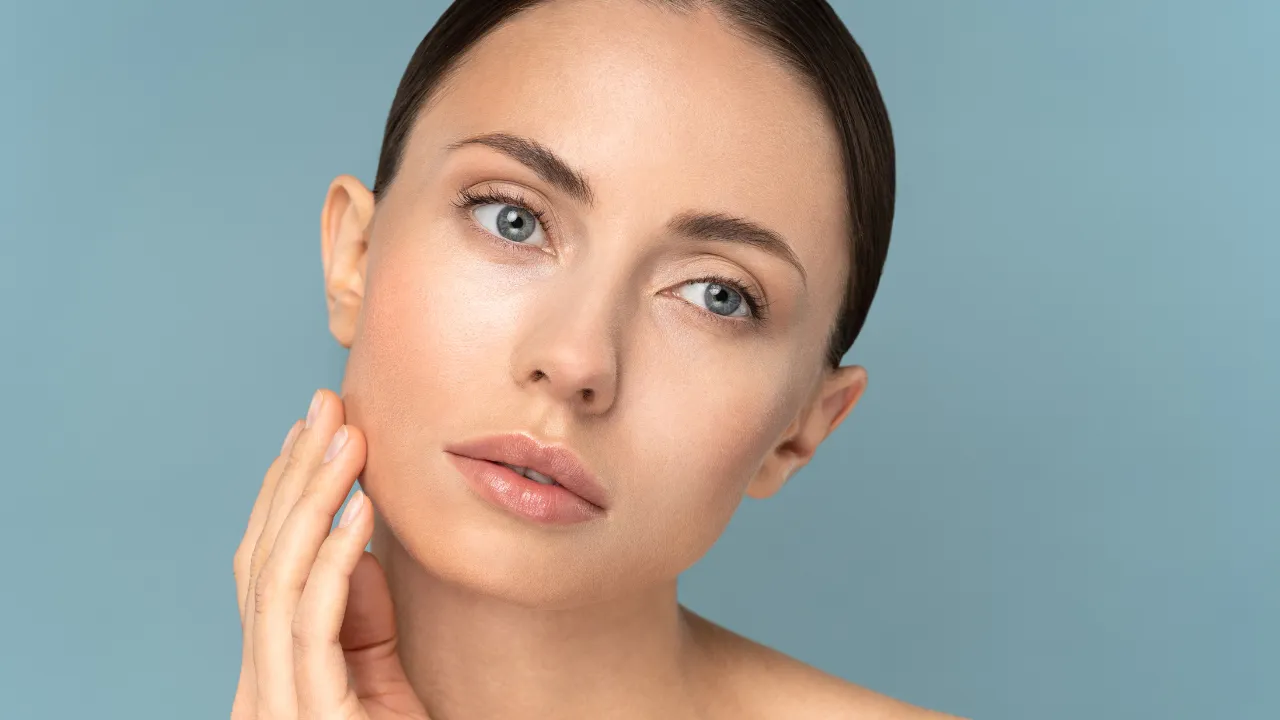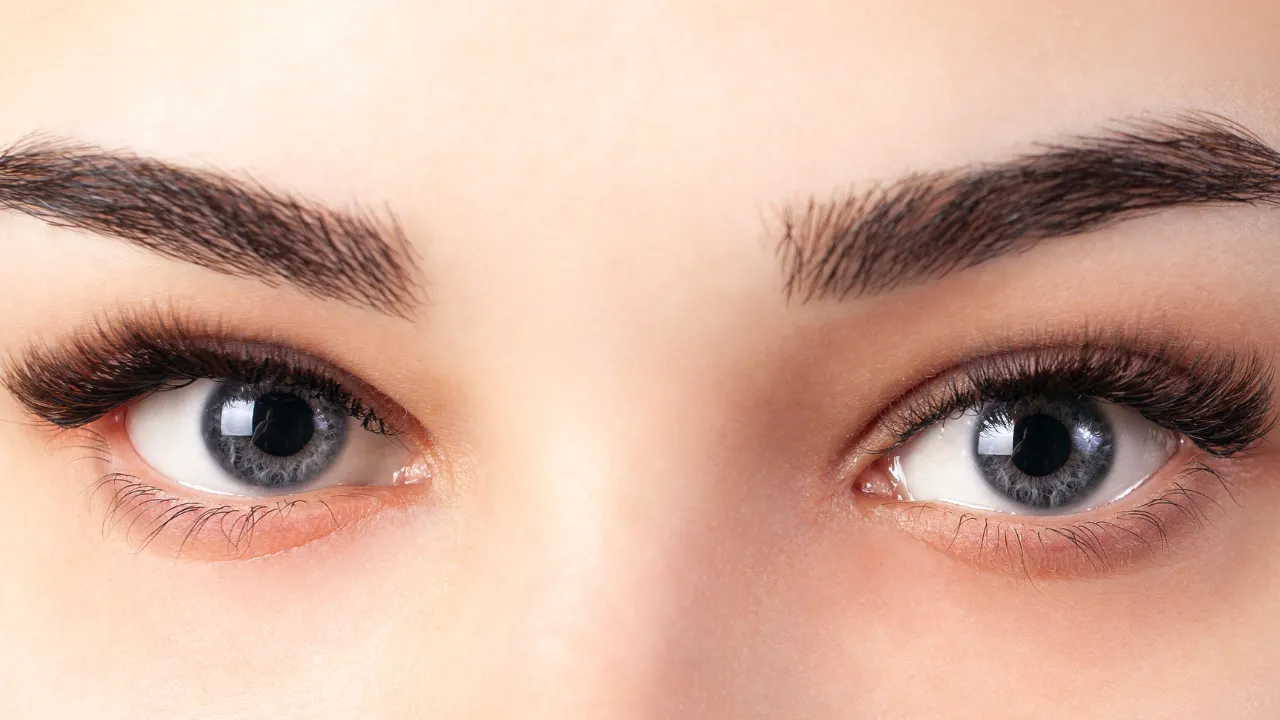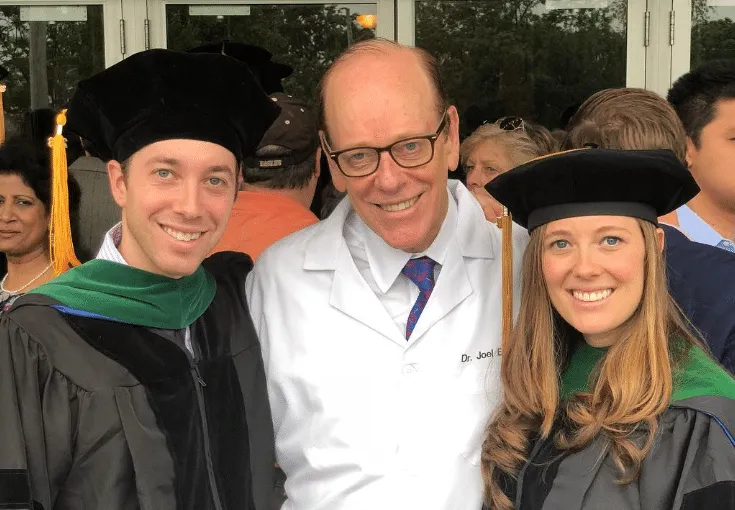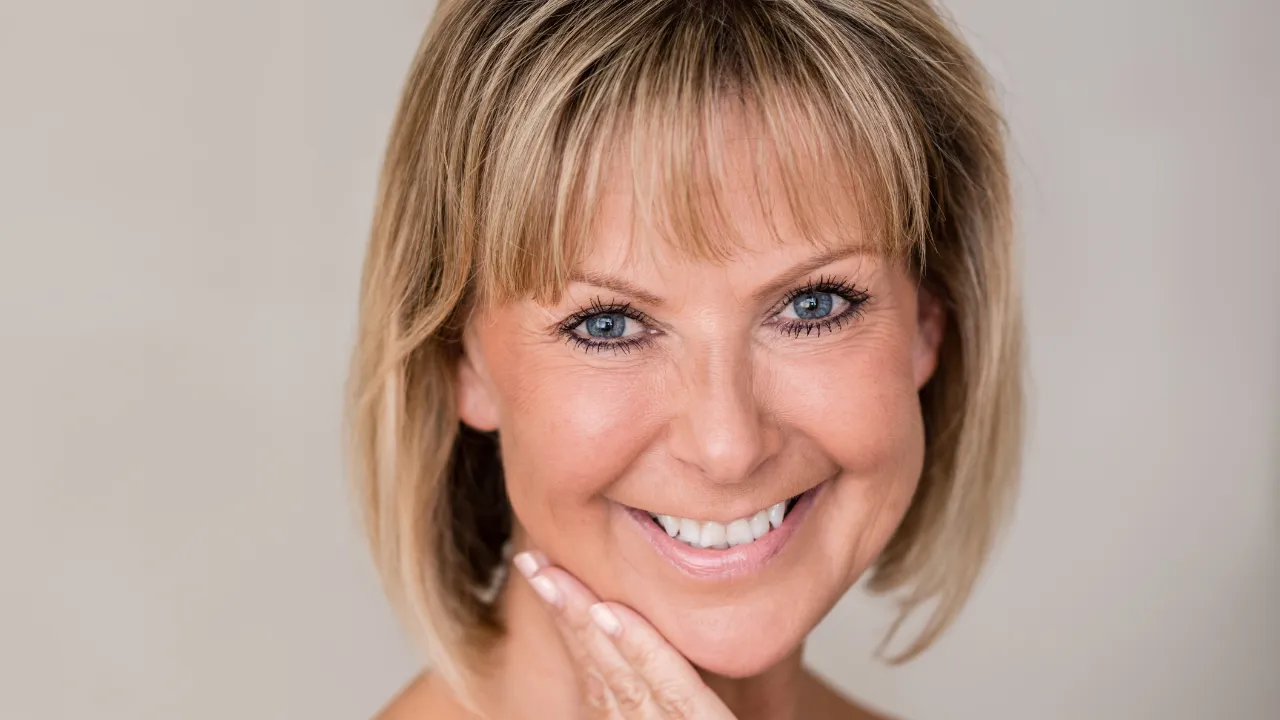Fillers for laugh lines before and after show how added volume softens folds around the mouth and restores a smoother look. Most patients see early improvement within days and full settling by the end of the first week.
At Kopelman Aesthetic Surgery, these treatments refresh the lower face while keeping natural expression. Dr. Kopelman guides patients on what results to expect and which filler options best match their facial structure.
Key Takeaways
- Fillers reduce laugh lines by adding support under the skin and improving facial balance.
- Results vary by skin type and filler choice, with most patients seeing their final look within a week.
- Treatment is quick, involves minimal downtime, and looks natural when performed by a trained injector.
- Safety depends on proper technique and patient selection.
- Most patients need one to two syringes depending on their individual goals.
Table of Contents
ToggleBefore and After Results Overview
Before and after images help patients see how fillers soften folds near the mouth. Many people notice smoother contours and less shadowing after volume is restored. These visuals also help set realistic expectations for changes to facial wrinkles.

People searching for fillers for laugh lines before and after want a clear comparison between cases. Most improvement appears early and continues to blend over several days. Patients often feel satisfied once swelling decreases.
Fillers Laugh Lines Before After Pictures
Images show how fillers support deeper layers of skin and improve contours in the lower face. These photos highlight differences based on fold depth and natural expression. Reviewing results helps patients understand what a filler treatment can achieve.
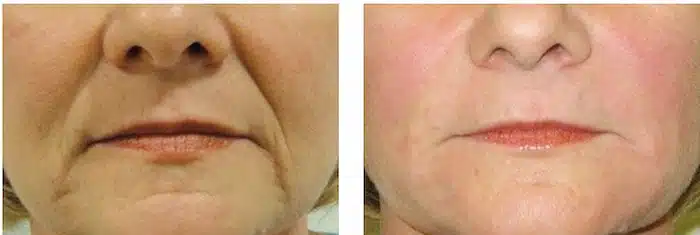
What Results Look Like
Results often include softer lines, better symmetry, and subtle contour enhancement. Added structure reduces shadowing around the mouth. Many patients feel their lower face looks refreshed and more balanced.
Changes in Cheeks and Lower Face
Some individuals notice a mild lift in the cheeks because filler can support nearby tissues. This effect helps balance the midface. Careful placement maintains a natural look.
Case Variety in Laugh Line Filler Results
Outcomes vary with age, skin elasticity, and fold severity. Younger patients may see quicker settling, while older patients notice gradual refinement. These differences help patients understand the range of normal outcomes.
Can Fillers Get Rid of Laugh Lines?
Fillers reduce the depth of laugh lines but may not eliminate them completely. Some deeper folds require a combined approach. Most patients still see meaningful improvement.
What Influences Before and After Results
Skin elasticity, hydration, and movement patterns all affect how results appear. Lifestyle habits and sun exposure can increase bruising or shorten longevity. Understanding these factors helps set realistic expectations.
How Long Laugh Line Fillers Last
Most laugh line fillers last 9 to 12 months, depending on the specific product and how quickly a patient metabolizes it. Areas with frequent movement may change sooner. Many patients schedule small touch ups over time. You can explore how long results usually last by reviewing our guide on how long fillers last in smile lines, which explains longevity in more detail.
Quick Result Timeline
Patients appreciate understanding how results progress. Early improvements appear within days, and most settling occurs by the end of the first week. Noticeable softening often appears within the first 24 hours.
- Day 1: Mild redness or swelling.
- Days 2–3: Early smoothing.
- Week 1: Settled results.
- Month 1: Full integration.
What Are Laugh Lines and Why They Form
Laugh lines deepen as collagen decreases and repeated movement forms creases. Genetics and lifestyle habits influence their development. As support layers thin, folds become more noticeable. Fillers restore lost volume, especially when treating smile lines that form from frequent expression.
Treatment Process
Understanding the steps improves confidence and comfort during the procedure. The process guides patients from consultation to aftercare. Each stage helps create stable and natural looking results.
Evaluation and Preparation
The provider evaluates fold depth, symmetry, and lines nasolabial folds before recommending a plan. Medical history is reviewed for safety. Simple preparation steps may be recommended before treatment.
Injection Steps
The area is cleaned and numbing may be applied. A thin needle or cannula places small amounts of filler beneath the skin. Providers shape the filler injections to blend with natural contours and avoid uneven volume.
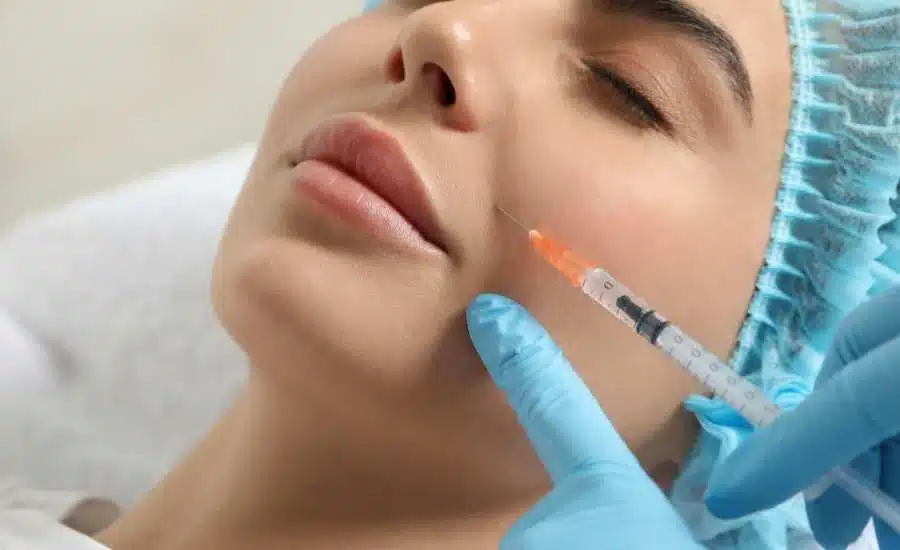
Recovery Timeline
Most people return to normal activities the same day. Mild tenderness or swelling near the injection site may occur briefly. Results continue to soften over several days.
Safety and Risks
Safety relies on proper technique and appropriate filler selection. Dermal fillers are common, but skilled injectors help reduce complications. Understanding risks helps patients make informed decisions.
Is Smile Line Filler Dangerous?
Smile line filler is generally safe when performed by an experienced provider. Minor swelling or bruising may appear but usually resolves quickly. Correct placement helps prevent uneven results. Patients who want to understand potential complications can review examples of face fillers gone wrong, which highlight why training and technique matter.
Common Side Effects and Aftercare
Side effects may include light redness or swelling after treatment. Cool compresses and gentle care can reduce discomfort. Providers give clear aftercare instructions.
Who Should Avoid Fillers
People with active infections or certain medical concerns should delay treatment. Some may need alternative options depending on their health history. A consultation helps determine suitability.
Treatment Options
Several approaches can improve laugh lines depending on individual goals. Some patients respond well to direct filler placement, while others need support in nearby facial zones. These choices help create balanced improvement.
How to Know If You Need One or Two Syringes
The amount of filler depends on fold depth and facial structure. One syringe may be enough for lighter folds, while deeper lines often need two. Providers help determine the right amount during consultation.
How Fillers Compare to Other Treatments
Fillers work well for volume loss, but deeper folds may require additional treatments. Laser or microneedling can support texture and enhance results. Combined plans often produce greater improvement.
Laugh Lines Treatment Before and After Options
Options include adding volume directly into the folds or lifting nearby areas. The ideal method depends on facial anatomy. Providers may combine techniques for balanced results.
Filler Types and When to Choose Them
Soft fillers smooth surface lines, while firmer formulas support deeper folds. The right choice depends on how much lift the area needs. Providers explain product differences clearly, a detailed breakdown of the best facial fillers is available for patients who want to compare options before their consultation.
Filler Types Compared for Laugh Lines
Many fillers use hyaluronic acid (HA) to blend naturally with facial tissue. Hyaluronic acid fillers support deeper folds, while some formulas are hyaluronic acid-based for natural movement and soft integration. Patients choosing a dermal filler for smile lines also benefit from contour support in nearby zones. Selecting the right nasolabial fold filler improves comfort and longevity.
Patients can also learn about the difference between filler and hyaluronic acid to better understand how each material behaves in the tissue.
Treatment Limitations
Fillers cannot fully correct severe laxity or very deep folds. Some patients may need more than one session for stronger smoothing. Lifting procedures may offer longer-lasting improvement.
Cost of Laugh Line Filler
Cost varies based on filler type, the amount used, and provider experience. Deeper folds may require more product. Clinics offer clear estimates before treatment.
How Much Laugh Line Filler Costs
Most patients need one to two syringes for noticeable improvement, and the average price ranges from $1,200 to $1,500, depending on the filler used. Pricing is shared before treatment so patients can plan. This supports transparency and comfort. For a broader overview of pricing, patients can also review our breakdown of injectable fillers cost to understand how different factors influence budget planning.
What Influences Price
Filler type, volume, and provider experience all affect pricing. Longer-lasting fillers may cost more but offer extended benefits. Patients can review all factors during consultation.
Choosing a Qualified Injector
Choosing a skilled injector is essential for safe and natural results. Experienced providers understand facial anatomy and adjust the plan to the patient’s needs. This supports balanced and predictable outcomes.
Credentials to Look For
Patients should look for licensed professionals with training in injectables. Board certification and clinical experience are strong indicators of expertise. Reviewing before and after photos also helps.
Key Questions to Ask
Patients can ask about technique, filler options, and recovery expectations. They may request examples of past outcomes. These questions help build trust and clarity.
Additional Common Questions
Some patients ask whether laugh lines appear when smiling after treatment. Fillers soften folds at rest, but natural movement continues. Others ask if the filler can be felt, and most report a smooth result after healing.
Patients also want to know how long results last. Most fillers settle smoothly with the surrounding tissue. Providers explain that longevity varies because each face responds differently.
If you want personalized guidance and natural improvement to your smile lines, you can schedule a consultation at Kopelman Aesthetic Surgery. Dr. Kopelman will review your goals, examine your facial structure, and recommend the treatment plan that fits your needs.

